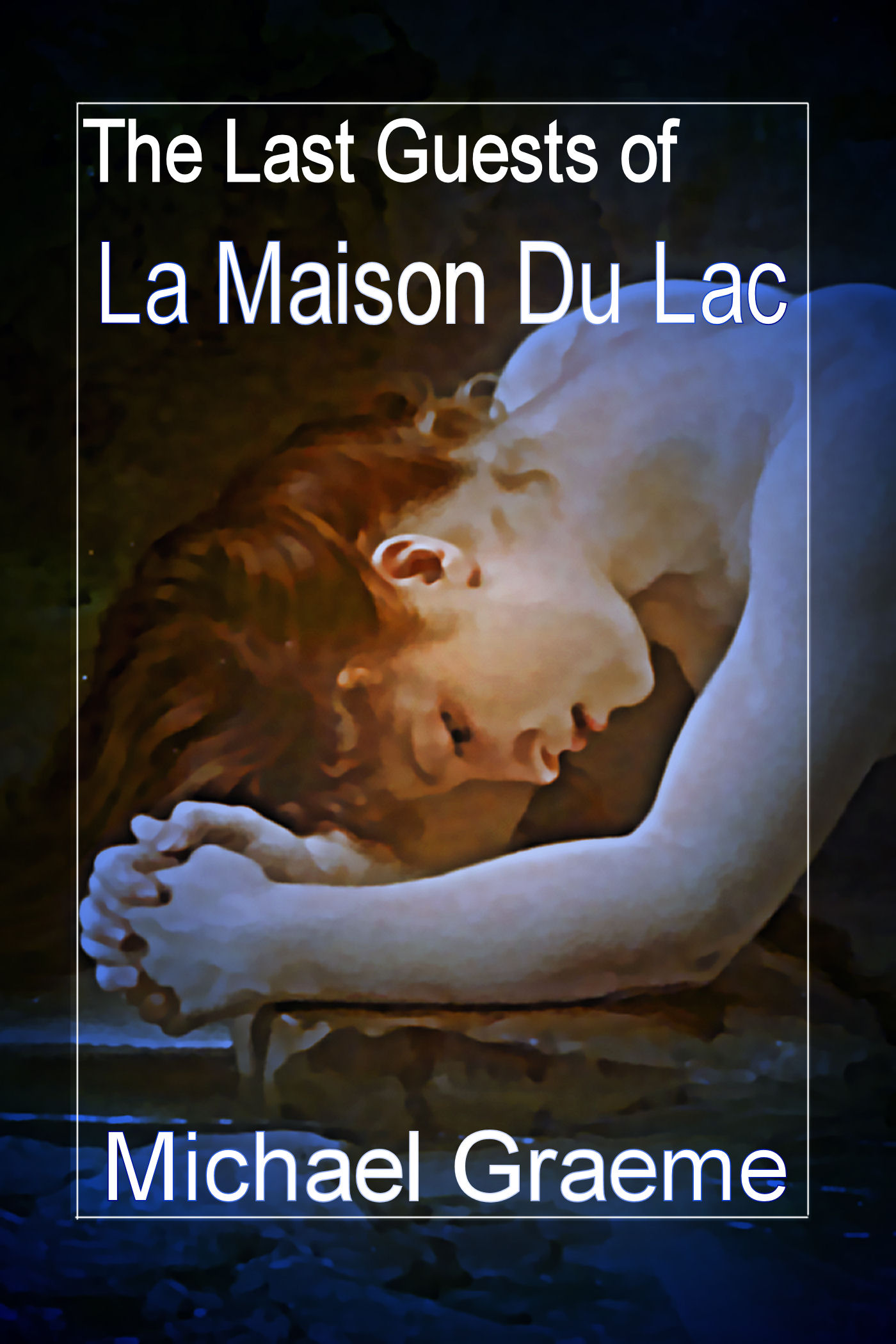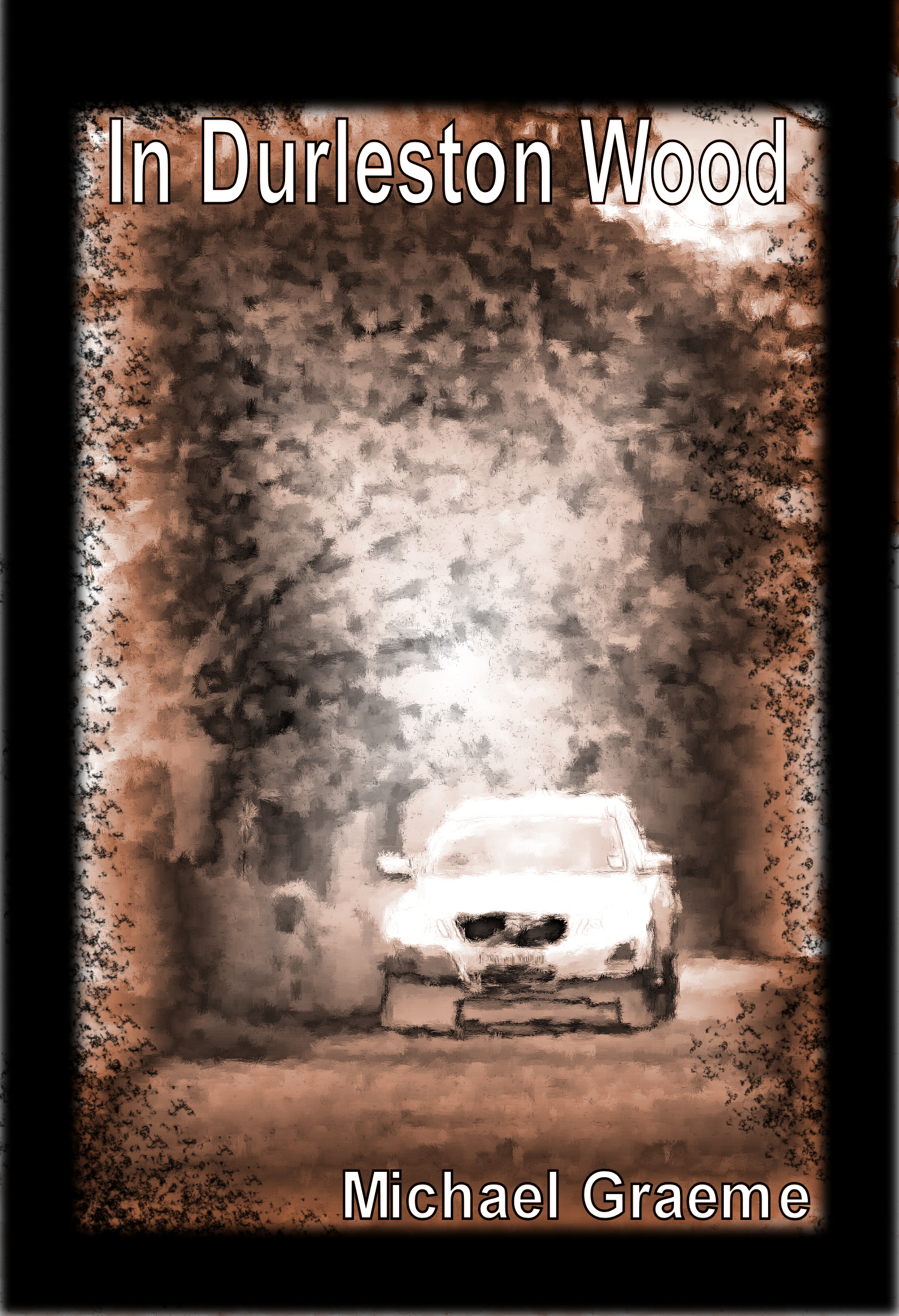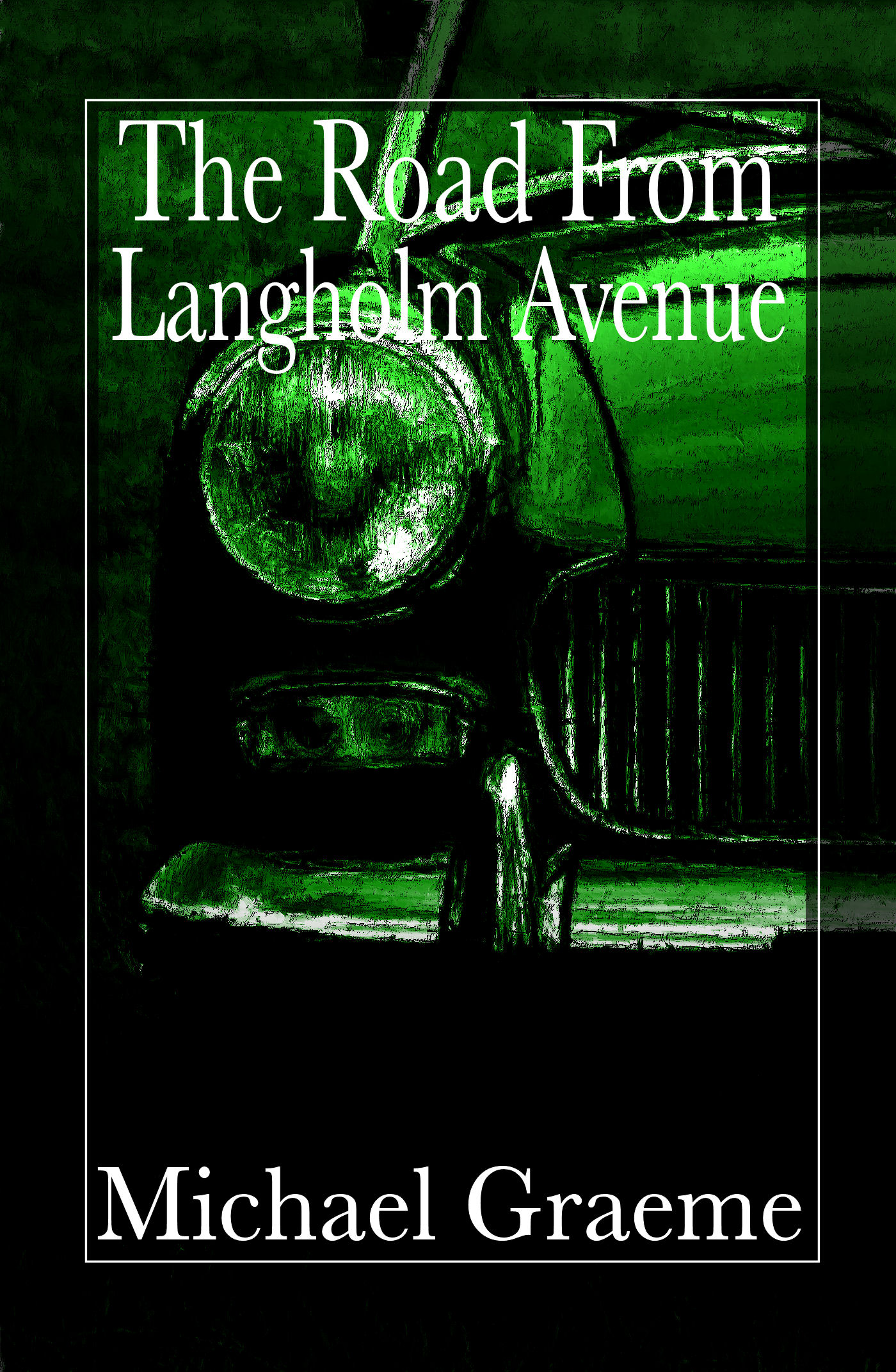 Tai Chi and Qigong are now very popular exercises in the west. Derived from Chinese martial (fighting) arts, they are also practised for their positive effects on mental and physical health. These benefits manifest as: improved vitality, flexibility, stamina, and a sense of well being, all of which makes them a valuable antidote to the stresses of modern living. The literature also talks of healing injuries and chronic conditions that defy conventional medical intervention. Calmness, a positive outlook, and an alleviation of the symptoms of anxiety and depression are also reported. So what’s not to like about it?
Tai Chi and Qigong are now very popular exercises in the west. Derived from Chinese martial (fighting) arts, they are also practised for their positive effects on mental and physical health. These benefits manifest as: improved vitality, flexibility, stamina, and a sense of well being, all of which makes them a valuable antidote to the stresses of modern living. The literature also talks of healing injuries and chronic conditions that defy conventional medical intervention. Calmness, a positive outlook, and an alleviation of the symptoms of anxiety and depression are also reported. So what’s not to like about it?
Well it depends if all those benefits have been proven, or are merely anecdotal and for a long time western medical science has taken a dim view of it, not even bothering to investigate them. Why?
Wel, due to differences in language and culture, it was long believed in the West that the Chinese attributed such benefits to a mysterious phenomenon called Qi (Chee). Since Qi could not be adequately theorised, let alone detected by the prevailing Western Scientific paradigm, Qi and any health system that is derived from it is bound to be dismissed as hocus pocus.
It’s not surprising therefore that scientific studies of Tai Chi and Qigong are few, and for a long time about the only documented benefit was that the practice reduces the risk of falling over. This might seem rather obvious, that the practice of movement will aid in the development of a heightened sense of balance, but it is important we be able to maintain this sense well into old age, where a simple fall can have serious consequences. Tai Chi, with its slow, gentle, low impact movements is the ideal solution and worth practising for this factor alone. But is that it? Is that as much as Science will concede?
Well more recent studies suggest practitioners of Tai Chi and Qigong are also at less risk of hypertension, and that practising while ill can aid recovery, or minimise symptoms, in particular of Arthritis, also the body’s physical reactions to harsh treatments for cancer. This suggests there is more going on, that the practise is impacting the body at the biological level. But does this also open the door to dubious claims regarding the properties of Qi?
Not necessarily.
My own conclusions, based on a reading of the various literature, both learned and popular, as well as my own practice, is that Qi is the manifestation of a colossal misunderstanding, both linguistic and cultural. It is western practitioners who have effectively invented Qi in its current and least understood form, namely a subtle energy that cannot be detected or measured, and have promoted it as a fiddle factor responsible for all manner of otherwise unverifiable phenomenon.
While it’s almost certain there are subtle aspects of energy we do not yet understand, it is not necessary to involve ourselves in speculation upon them before we can make sense of Tai Chi and Qigong. It is better to think of Qi as another way of expressing biological and mental process that are already accepted in the west.
The body uses Qi in order to support life. It is the energy that powers thought, as well the processes in the body, Qi that energises the muscles that grant us power and motion. It is also the energy that repairs injuries and fights illness, restores us to the natural blueprint of our original biology. When Qi is weak, all these things are impaired. When Qi is strong, we possess these things in abundance.
What we appear to be describing here is Qi as a life force, and not in dissimilar terms to the new agers and so called Qi masters, but let’s take a closer look:
Qi is gathered from the environment, but what we gather is not a subtle energy, more simply oxygen. Another vital aspect of Qi we gain from food, namely glucose. The natural processes of the body combine the oxygen with glucose to create energy at the point of use, that is at the cellular level. It is the circulation of the blood which carries the components of energy to wherever they are needed. Motion, healing, normal function all draw upon our energy reserves. If energy is lacking, function is impaired. If circulation is impaired, the components of energy, the oxygen and the glucose, cannot get to where they are needed.
Tai Chi and Qigong combine movement, breath and mindful focus in such away that regular practice naturally and gently improves the levels of oxygen in the blood, and the degree to which it is circulated. But where Tai Chi and Qigong differ from other exercise systems is in their emphasis on an induced relaxation response. In other words we relax the body by mentally willing it. This engages the autonomic nervous system, enabling to it to carry out its primary function of restoring the body to a state of balance and it is in this state that healing takes place naturally.
There are many books on Tai Qi and Qigong which begin with the unproven assertion that Qi is a subtle energy, then proceed to build a thesis on top of it. This requires the reader to buy in to what is essentially a belief system, one which unfortunately cannot always be adapted to answer the questions raised during practice. For many years it was a stumbling block in my own study, and it is only by a return to a more grounded analogy I have been able to make any real progress.
The relatively new field of Quantum Biology may yet yield theories of life that will use a language reminiscent of the old “new age” notions of Qi, but it’s early days and certainly a long time before the first text books appear along those lines, if indeed they ever do. For now though it is not necessary to take that leap of faith. The current biological model, crude as it is, is sufficient to explain what practitioners have known all along, that Tai Chi and Qigong are good for you.



















Leave a comment